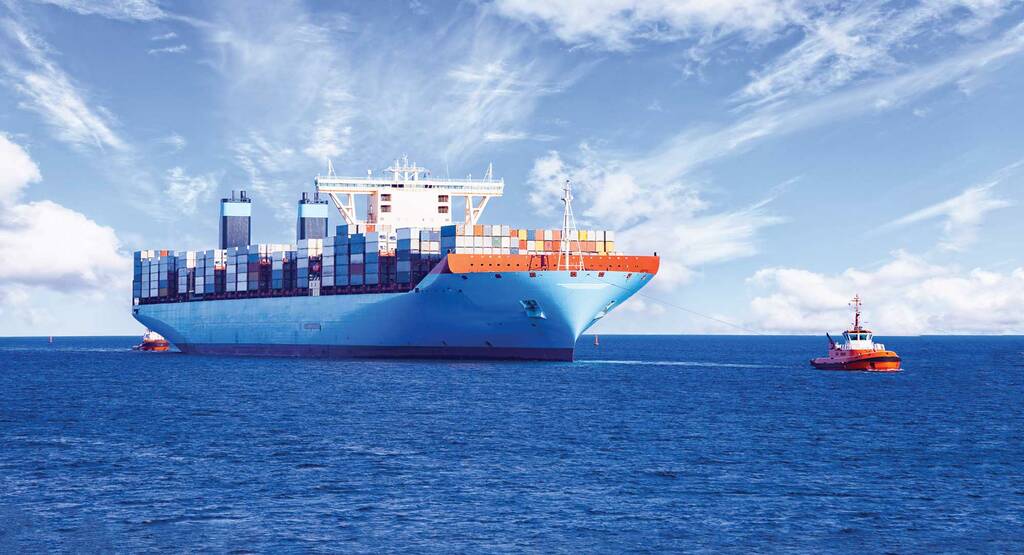In the first half of 2022, only 2.7 million deadweight tons (dwt) of new Capesize and Panamax vessels have been ordered, according to information released by Golden Ocean.
That amount represents less than 0.5% of the world fleet at the beginning of the year.
Golden Ocean is an international shipping company that owns and operates a fleet of dry bulk carriers, consisting of Newcastlemax, Capesize, Panamax and Ultramax vessels.
In general, the company’s vessels transport a wide range of bulk commodities, including minerals, coal, grains and fertilizers, along global shipping routes. Its vessels operate in the spot and time charter markets.
Rising steel prices and limited shipyard capacity have combined to push newbuilding prices up considerably.
In fact, Golden Ocean notes that prices for Capesize and Panamax vessels continued to rise in the second quarter of 2022 and are at levels not seen since 2009.
The company does not foresee a dramatic increase in newbuilding orders, given the recent sharp rise in newbuilding prices, the scarcity of competitive financing, shipyard capacity limits and questions about truly future-proof technology.
Panamax vessels
Even with reduced global economic growth forecasts, global ton-mile demand is projected to increase 1.9% and 4.3% in 2022 and 2023, respectively, according to Maritime Analytics.
In contrast to the less certain near-term demand outlook, the outlook for fleet supply is positive.
World fleet
Putting aside the potential increase in fleet inefficiency due to logistical and supply chain issues and Covid-19-related protocols, the company expects the introduction of the Energy Efficiency Index for Existing Ships, or EEXI, by the International Maritime Organization to have a significant effect on fleet efficiency.
From 2023, all ships in the world fleet will be required to meet the new energy efficiency standards.
Most ships built before 2014 will have few options to meet EEXI standards other than to reduce their sailing speed.
This results in early retirement of less efficient vessels that cannot meet the new standards.
In the current market environment, modern fuel efficient vessels and those equipped with exhaust gas cleaning systems are gaining a substantial premium over older tonnage due to high fuel prices and fuel differentials.
Also an order backlog at a 30-year low as a percentage of the operating fleet is a strong support for expectations of positive supply dynamics.
After growing 3.4% in 2022 and approximately 4.2% per annum on average over the last decade, the global dry bulk fleet is forecast to grow 3.1% in 2022 and only 2.5% in 2023, well below organic replacement levels.
Depending on the impact of EEXI rules, fleet growth may slow further, as nearly 20% of vessels in the world fleet will be 15 years old or older, making them less commercially viable than their modern counterparts.

